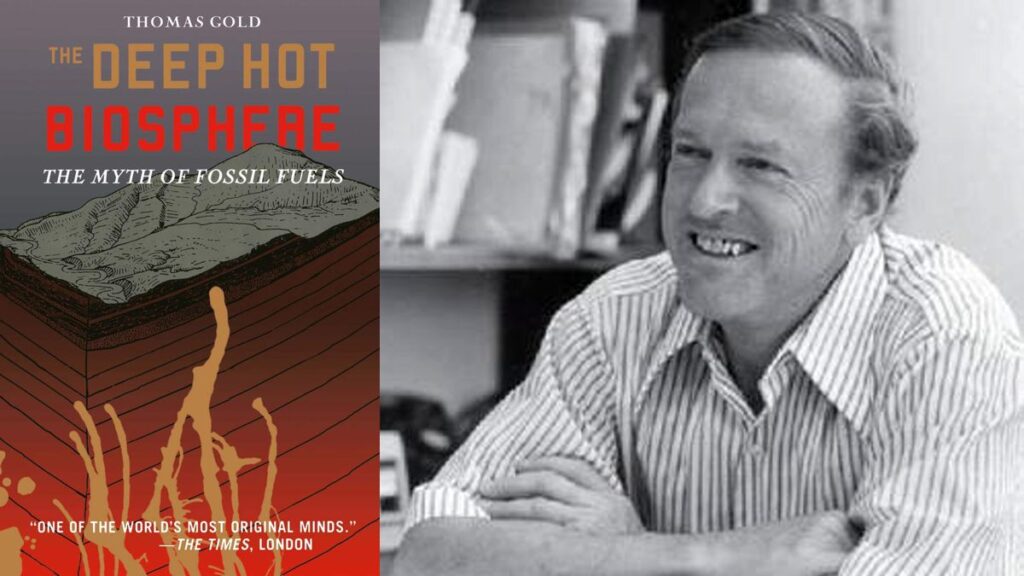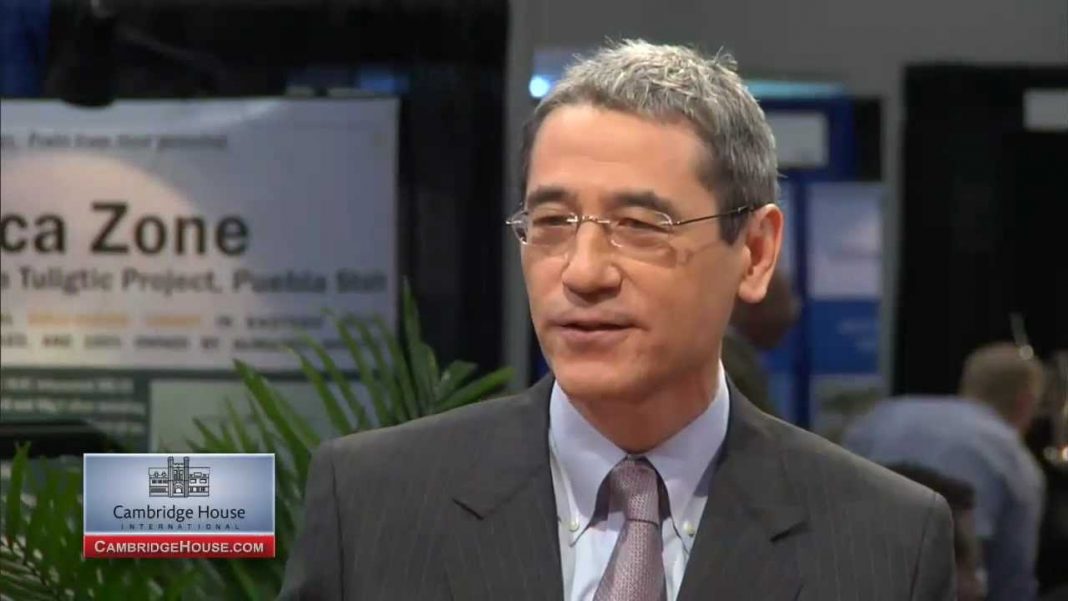Most people are taught that petroleum is formed deep under the Earth over the course of millions of years and is derived from the remains of plankton, plants, and other biological organisms. This explanation is stated matter-of-factly on certain government and educational websites.
This theory for oil formation is, however, just that—a theory. There is an opposing view that has substantial evidence to back it up.
Credence for oil’s organic origin (biotic origin) is strong in the United States, while the idea of an inorganic origin (abiotic origin) has long been accepted among post-Soviet scientists. Some American scientists have also jumped on the abiotic train, scorned though it may be by most of their peers.
They point to problems posed by the idea that oil comes from dead plants.
Where Did All That Dead Stuff Come From?
When a plant or animal dies, very little of its matter is buried. Nature recycles—some of nature’s greatest recyclers are insects, microorganisms, fungi, and bacteria. Has enough organic matter really been buried below the Earth to create trillions of barrels of oil?
Moreover, the biotic theory holds that organic matter must fit within the “oil window” before becoming oil. The oil window refers to a set of conditions, including reaching a particular depth (1 to 2.5 miles) where the temperature is right (140 to 300 degrees Fahrenheit) for oil to be produced.
Proponents of the alternative, abiotic theory, say oil may instead be a primordial substance that rises up from the Earth’s depths through fissures. Thus, oil might originate independently of organic sources undergoing chemical processes, similar to how methane is found on asteroids or in other barren environments.
Skeptics say methane is a simpler substance than petroleum; the process of forming the hydrocarbons in petroleum is more complex and the same logic might not hold.
Read Full Article on TheEpochTimes.com

The Deep Hot Biosphere: The Myth Of Fossil Fuels
This book sets forth a set of truly controversial and astonishing theories: First, it proposes that below the surface of the earth is a biosphere of greater mass and volume than the biosphere the total sum of living things on our planet’s continents and in its oceans. Second, it proposes that the inhabitants of this subterranean biosphere are not plants or animals as we know them, but heat-loving bacteria that survive on a diet consisting solely of hydrocarbons that is, natural gas and petroleum. And third and perhaps most heretically, the book advances the stunning idea that most hydrocarbons on Earth are not the byproduct of biological debris (“fossil fuels”), but were a common constituent of the materials from which the earth itself was formed some 4.5 billion years ago.
The implications are astounding. The theory proposes answers to often-asked questions: Is the deep hot biosphere where life originated, and do Mars and other seemingly barren planets contain deep biospheres? Even more provocatively, is it possible that there is an enormous store of hydrocarbons upwelling from deep within the earth that can provide us with abundant supplies of gas and petroleum?
However far-fetched these ideas seem, they are supported by a growing body of evidence, and by the indisputable stature and seriousness Gold brings to any scientific debate. In this book we see a brilliant and boldly original thinker, increasingly a rarity in modern science, as he develops potentially revolutionary ideas about how our world works.

Review
“always original, always important, usually controversial, and usually right”
– FROM THE FOREWORD BY FREEMAN DYSON
“an extraordinary theory from one of the world’s most original minds.”
– NIGEL HAWKES, THE TIMES, LONDON
“The leading supporter of the abiotic theory in the U.S. is Prof. Thomas Gold of Cornell. His 1999 book, The Deep Hot Biosphere (Springer-Verlag) is a thorough discussion of the issues. It is based in part on research financed by the U.S. Geological Survey. Among prominent scientists whose work supports the abiotic theory are Jean Whelan of the Woods Hole Oceanographic Institute, Mahlon Kennicutt of Texas A&M University, and J.F Kenny of the Gas Resources Corporation.”
– http://www.humaneventsonline.com/article.php?id=4092

“There is much to be said about this important book … . Gold exhibits the irreversible and universal genius that we recognize in Aristotle and Leonardo da Vinci. … The versatility and range of knowledge exhibited is remarkable. … The Deep Hot Biosphere is a highly interesting and important book; it should be required reading for every geology student.” (David Deming, Journal of Scientific Exploration, Vol. 17 (2), 2003)
“Thomas Gold is a physicist who is not afraid of controversy. … His big new theory … is that oil and natural gas are produced by geology and chemistry of the hot deep layers below the Earth’s surface … . The book is the best kind of science writing: contentious and passionate, with all the evidence there for you to weigh up.” (New Scientist, August, 2001)
About the Author
Thomas Gold is a member of the National Academy of Sciences, a Fellow of the Royal Society, and an Emeritus Professor of Physics at Cornell University. Regarded as one of the most creative and wide-ranging scientists of his generation, he has taught at Cambridge University and Harvard, and for 20 years was the Director of the Cornell Center for Radiophysics and Space Research.








